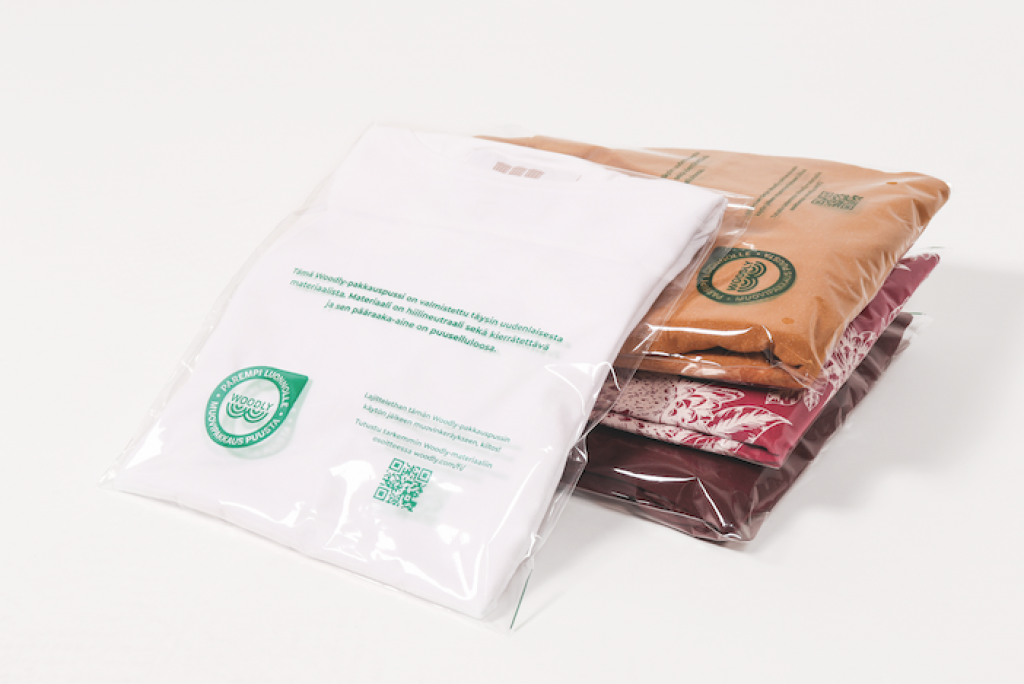
“The environmental problems caused by plastic became common knowledge approximately five years ago when the huge platforms of plastic waste floating in the oceans were shown in the media. Brands promised to replace their plastic packaging with more ecological packaging. However, they never defined the material that this packaging would be made of.
We began to solve the problem together with our partners, such as the VTT Technical Research Centre of Finland. We found out that plastic is often a superior material in packaging. We, therefore, decided not to start replacing plastic, but to redesign it.
All the way, we were told that we would not succeed – ‘plastic cannot be made of wood, at least not in Finland, and there is no way it can be clear. Now shops sell products in packaging made of Woodly – the clear plastic based on wood cellulose that should not have been possible to manufacture.
Woodly is a granule similar to a plastic granule. We have the recipe for it and the patent, and we market it, but we are not responsible for the production ourselves. We offer Woodly to companies as a raw material for packaging. They can change the production of their packaging over to our partners, or we will support their partners in changing over to Woodly. Changing over to our material does not require new factories or new technology, the process merely runs on existing machines. This way we can make the sustainability commitments of brands reality.
Woodly can become the biggest and best-known novel plastic in the world. We want to achieve a significant share of the global market. With a larger volume, we can increase the proportion of wood in the material. In theory, Woodly can already be made entirely from wood, but with these volumes, it is still too expensive. Therefore, we also use other materials in the manufacture.
Our material can be recycled together with plastic packaging. In an ideal situation, it would be distinguished as a fraction of its own, but the produced amounts are still too small for that. Based on our tests, small amounts of Woodly could also be processed together with plastic. In the future, the amount of recycled material will keep on increasing. We have also tested the properties of recycled Woodly and they are excellent from textiles to composite. Recycled Woodly can also be used in different plastic films. This is good news because the markets after recycling are crucial.”







